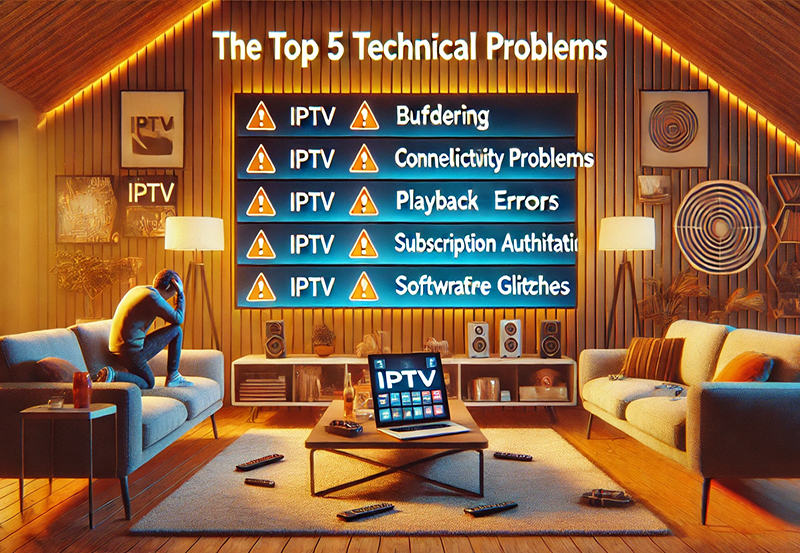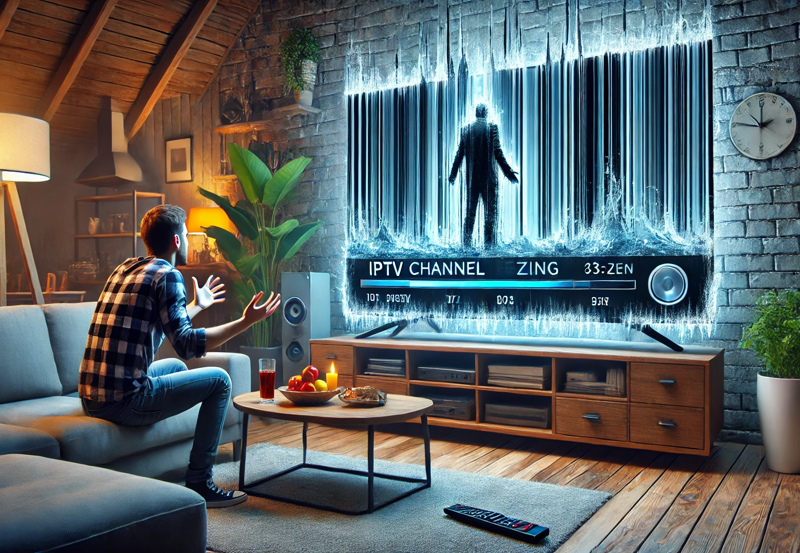How to Optimize Your Network Settings for Better IPTV Performance
Ensuring a smooth and uninterrupted IPTV streaming experience relies heavily on optimizing your network settings. Poor network performance can lead to buffering, lagging, and freezing issues, especially when streaming high-quality content like HD or 4K. This guide provides actionable steps to enhance your network’s performance for IPTV streaming.
want Buy one year IPTV Subscription
Why Network Optimization Matters for IPTV
IPTV streams content directly from servers over the internet, requiring a stable and fast connection to deliver high-quality videos without interruptions. Network optimization ensures:
- Reduced Buffering: Eliminates delays caused by slow data transfer.
- Better Streaming Quality: Allows seamless HD and 4K streaming.
- Minimized Latency: Ensures real-time delivery for live broadcasts.
- Consistent Connection: Prevents frequent disconnections and lag.
Key Factors Affecting IPTV Performance
- Internet Speed:
- Minimum requirement: 5 Mbps for SD, 10 Mbps for HD, and 25 Mbps for 4K streaming.
- Ensure you have adequate bandwidth for all connected devices.
- Network Congestion:
- Overloaded networks can slow down streaming.
- Wi-Fi Stability:
- Weak or unstable Wi-Fi signals can lead to frequent buffering.
- Router Configuration:
- Incorrect settings may prevent optimal data flow.
- ISP Throttling:
- Some ISPs limit bandwidth for streaming services, causing performance issues.
Steps to Optimize Network Settings for IPTV
1. Test Your Internet Speed
- Use tools like Speedtest.net or Fast.com to measure your connection speed.
- Check for consistency in download speeds across multiple tests.
- If speeds are below requirements, consider upgrading your internet plan.
2. Use a Wired Ethernet Connection
- Connect your IPTV device (e.g., Smart TV, Android Box, or Fire Stick) directly to your router via an Ethernet cable.
- Benefits:
- More stable and faster connection compared to Wi-Fi.
- Eliminates interference from other devices.
3. Optimize Your Wi-Fi Network
If Ethernet isn’t an option, improve your Wi-Fi setup:
- Position Your Router Centrally:
- Place it in an open area, away from walls or large metal objects.
- Use the 5 GHz Band:
- Offers faster speeds and less interference compared to 2.4 GHz.
- Upgrade Your Router:
- Ensure it supports the latest standards like 802.11ac or Wi-Fi 6.
- Avoid Overlapping Channels:
- Use apps like Wi-Fi Analyzer to identify less congested channels and switch your router settings accordingly.
4. Enable QoS (Quality of Service)
- What It Does: QoS prioritizes IPTV traffic over other types of data, ensuring smoother streaming.
- How to Enable:
- Log in to your router’s admin panel (usually accessible at 192.168.1.1).
- Navigate to the QoS settings section.
- Add your IPTV device or application to the priority list.
5. Use a VPN
- VPNs can bypass ISP throttling, which often limits streaming bandwidth.
- Choose a high-speed VPN optimized for streaming, such as:
- ExpressVPN
- NordVPN
- Surfshark
- Connect to a nearby server for the best performance.
6. Check and Update Router Firmware
- Outdated firmware can cause network inefficiencies.
- How to Update:
- Log in to your router’s admin panel.
- Check for firmware updates in the settings or maintenance section.
- Download and install updates as required.
7. Adjust DNS Settings
- Use faster and more reliable DNS servers like Google DNS (8.8.8.8, 8.8.4.4) or Cloudflare DNS (1.1.1.1, 1.0.0.1).
- How to Change DNS Settings:
- Access your device’s network settings.
- Replace the default DNS with the preferred servers.
8. Reduce Network Congestion
- Disconnect unused devices from your network.
- Limit high-bandwidth activities (e.g., file downloads, gaming) during IPTV streaming.
- Schedule heavy downloads for off-peak hours.
9. Restart Your Network Devices
- Power cycling your router and modem can resolve temporary glitches.
- Steps:
- Turn off your router and modem.
- Wait 30 seconds.
- Restart both devices.
10. Upgrade Your Internet Plan
If your household has multiple users or devices, consider upgrading to a higher bandwidth plan to accommodate simultaneous streaming and browsing.
Common Network Issues and Troubleshooting
1. Buffering During Streaming
- Solution:
- Lower the video quality to 720p or SD.
- Use an Ethernet connection for more stability.
2. Intermittent Connection Drops
- Solution:
- Update your router’s firmware.
- Ensure your Wi-Fi signal strength is adequate.
3. Slow Streaming Speeds
- Solution:
- Switch to a faster DNS server.
- Check for ISP throttling and use a VPN if necessary.
4. Device Not Connecting to Wi-Fi
- Solution:
- Forget and reconnect to the network.
- Restart your router and the device.
Advanced Tips for Power Users
- Set Up a Mesh Network:
- Use mesh routers for large homes to eliminate Wi-Fi dead zones.
- Use Powerline Adapters:
- Transmit internet signals through your home’s electrical wiring for a wired-like connection in areas without Ethernet.
- Enable IGMP Snooping:
- Found in router settings, this feature optimizes multicast traffic for IPTV.
Conclusion
Optimizing your network settings can significantly improve IPTV performance, ensuring a smooth and enjoyable streaming experience. From enhancing Wi-Fi signals to using Ethernet and VPNs, these steps can eliminate buffering, lagging, and other streaming issues. With a properly optimized network, you’ll be able to enjoy high-quality IPTV content anytime, anywhere.
How to Resolve Channel Freezing in IPTV





